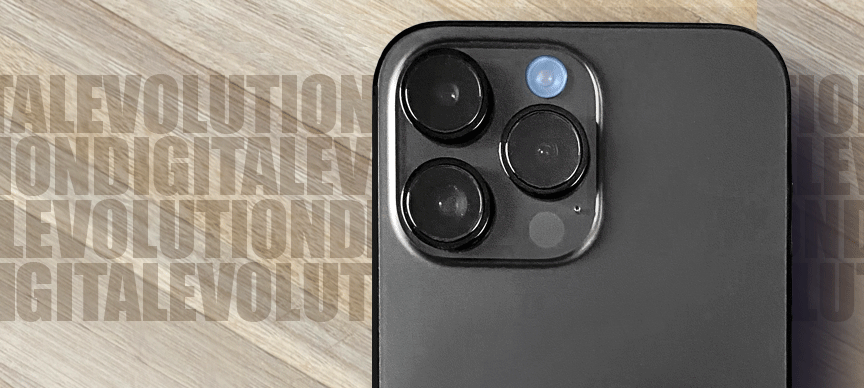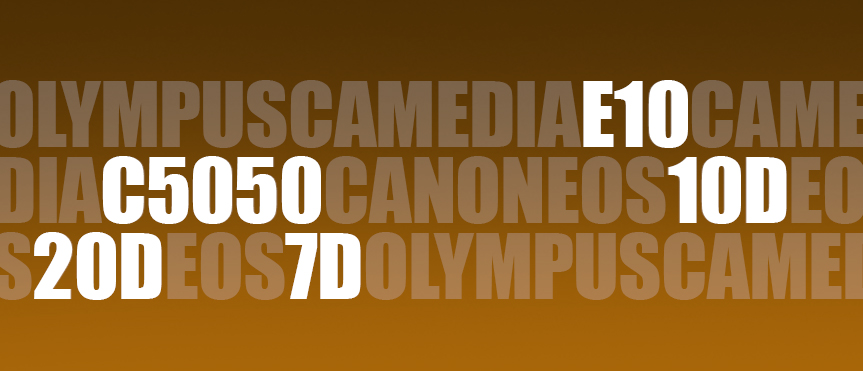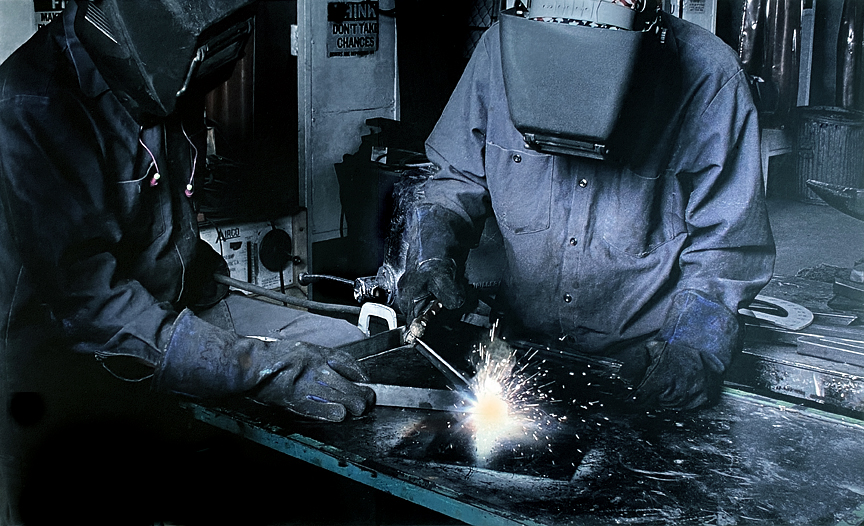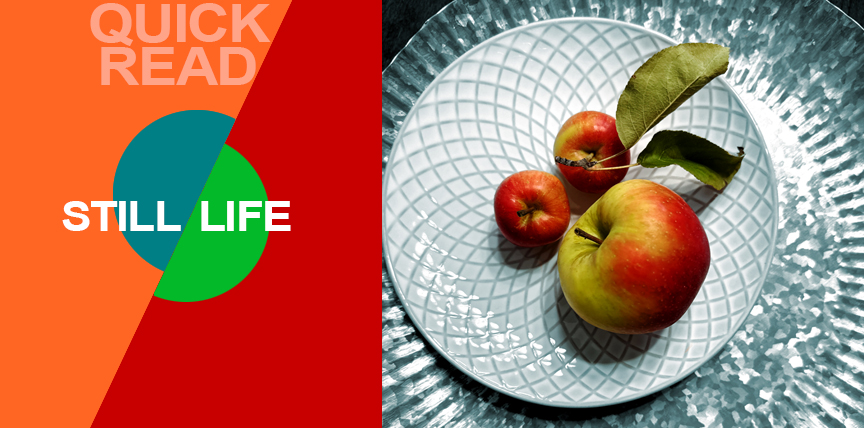
TECH DATA

Digital Evolution
WRITTEN & PHOTOGRAPHED BY: STEVE HOLLOWAY
Digital evolution, how digital technology evolved, is interesting because learning how the first commercial digital images were created gives you some perspective on today’s digital world. A different way to look at the endless APS-C vs full frame, mirrorless vs DSLR arguments. And a way to decide if the iPhone camera has a place in your kit.

The Olympus E 10 was a new beginning for photography bringing digital images to the commercial photography workflow.
I started shooting the Olympus E 10 digital single lens reflex camera in 2001, just six months after the E 10 hit the market. With a 4 megapixel image sensor, the E 10 was the first digital SLR designed for commercial work. The E 10 was followed by the Olympus C 5050 with a 5 megapixel CCD sensor then the Canon EOS 10D with a 6 megapixel CMOS sensor.

CUTTING EDGE COMMUNICATIONS WEB IMAGE / PHOTOGRAPHED WITH THE OLYMPUS E 10 / © STEVE HOLLOWAY
OLYMPUS E 10: Introduced in 2000, Olympus E 10 was also the first digital SLR designed for commercial assignment work. The E 10 had a 4 megapixel CCD image sensor. The images it produced had harsh skin tones and lacked all of film’s finesse and smoothness of film in faces, eyes, arms and hands.
That didn’t matter.
Starting literally the day the E 10 became available, every ad agency, design firm and commercial account insisted on digital images.
Why? Because it eliminated the time involved and cost of film, processing, color separations and proofs. It was faster and cost less.
And those images got used for everything from collateral material to full page magazine advertising to full size, outdoor billboards.

JOB CORPS STUDENT RECRUITMENT MATERIALS IMAGE / PHOTOGRAPHED WITH THE OLYMPUS C 5050 / © STEVE HOLLOWAY
OLYMPUS C 5050: Next, in 2002, came the Olympus C 5050 with a 5 megapixel CCD image sensor. Not perfect but a larger file size and better image capture sped up post production turnaround.

EDWARD / PHOTOGRAPHED WITH THE CANON EOS 10D / © STEVE HOLLOWAY
CANON 10D: Then, in 2003, Canon introduced a game changer. The EOS 10D with 6.3 megapixel CMOS image sensor. CMOS instead of CCD image capture technology. The detail and skin tones you could achieve with CMOS was phenomenal. The digital noise and debris were virtually nonexistent and you could scale images up to almost any size.
After the 10D, I upgraded to the new Canon EOS 20D with 8.2 megapixel CMOS image sensor in 2004 then added a new EOS 7D with an 18 megapixel CMOS image sensor in 2010. I shot with the 7D and 20Ds until I retired in 2017.

Here’s why. Digital technology has evolved. Compared to those first digital images, the iPhone produces large, detailed files. 34.9 MB JPEG files that make 300dpi, 10.08″ x 13.44″ prints straight out your phone! Straight out of your pocket! With AI resizing you can make prints as large as you want. And, since these are CMOS sensors, the images are almost effortless to work on in post production.
And, I know for a fact that, if the only digital cameras available today were iPhones, every agency, design firm and commercial account would insist on iPhone digital image capture. And the really skilled shooters would find ways to make images look extraordinary.
Get the full argument for the iPhone in Making the Case for Shooting on iPhone.
Or, for a creator’s perspective, read the interviews with Grieg Fraser, the cinematographer behind (to name just a few) Zero Dark Thirty, Dune and The Batman. Fraser talks about how technology is evolving and about shooting on iPhone.
Or watch the video Red Dragon or iPhone 12? Where Tomorrow’s Filmmakers compare a $30,000 Red Dragon to an iPhone 12 by cutting scenes together from each but not identifying the image sources before hand. Then going on to show techniques to achieve different film effects. You be the judge, but, to my eye, the iPhone holds its own.


QUICK READ: STILL LIFE

Using Classic Still Life Composition for Food Photography
One of my passions is still life photography. Carefully choosing every element. Adding, changing, moving removing objects until the image works.
This image was captured with the iPhone 14 Pro Max using a Beastgrip and Bluetooth remote trigger on a dining room table, handheld shooting straight down under natural overhead tungsten lights. Shot after shot, small changes were made, more than 20 in all until I got this shot.

- Shot on iPhone Toolbox [ Homepage ]
- Two Essential Skills [ Change How You Shoot ]
- Two iPhone Features People Take for Granted
- Toolbox How To Guides [ 27 Deep Dive Guides ]
- Translate your Skill Set into a Working Process
- IDEA FILE Shot on iPhone Gallery One
- IDEA FILE Road Portraits One
- IDEA FILE Road Portraits Two
- Digital Evolution
- From The Batman to Shooting on iPhone
- Making the Case For Shooting on iPhone
- Camera and Light Kit Ideas
- Copied on iPhone
- The Power of One Idea
- Becoming Proficient in Post Production
- Designing with Type
- Learning From Cinema
- How the Three Lenses on iPhone Work
- Here are My Influences [ Who are Yours? ]
- Steve Holloway [ Photographs ] Pre iPhone
- Steve Holloway [ Memoirs ]

